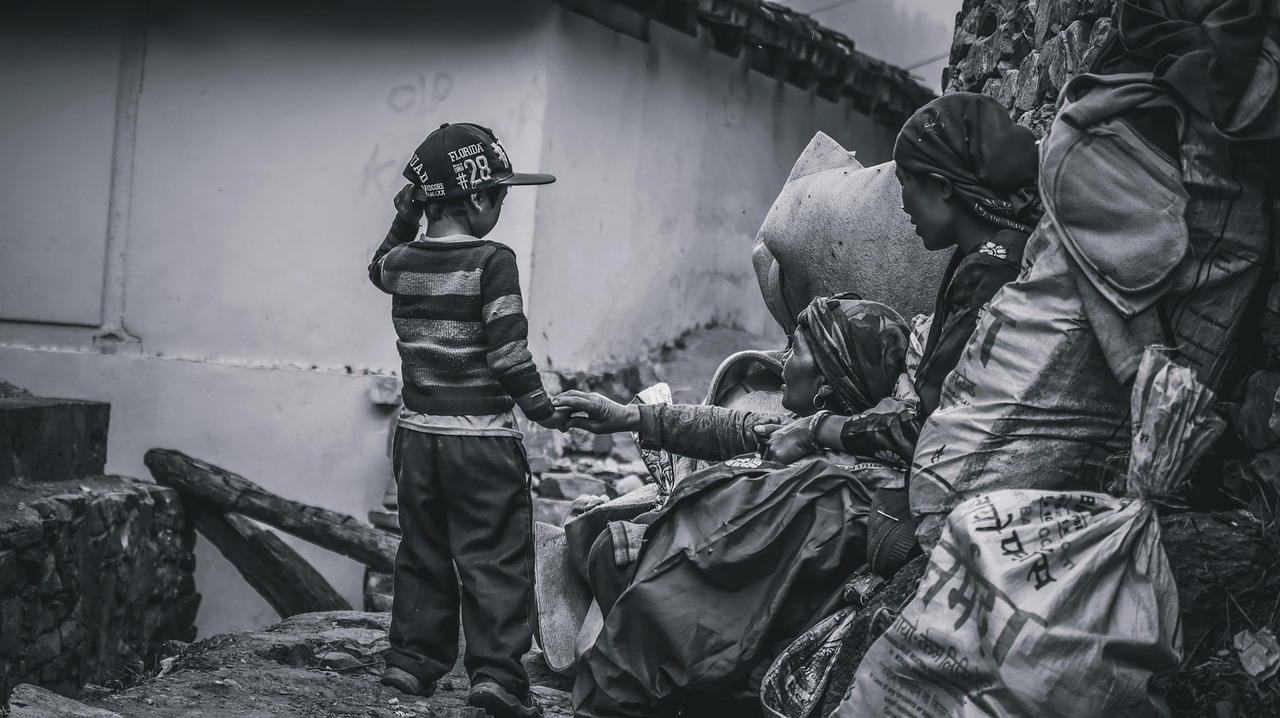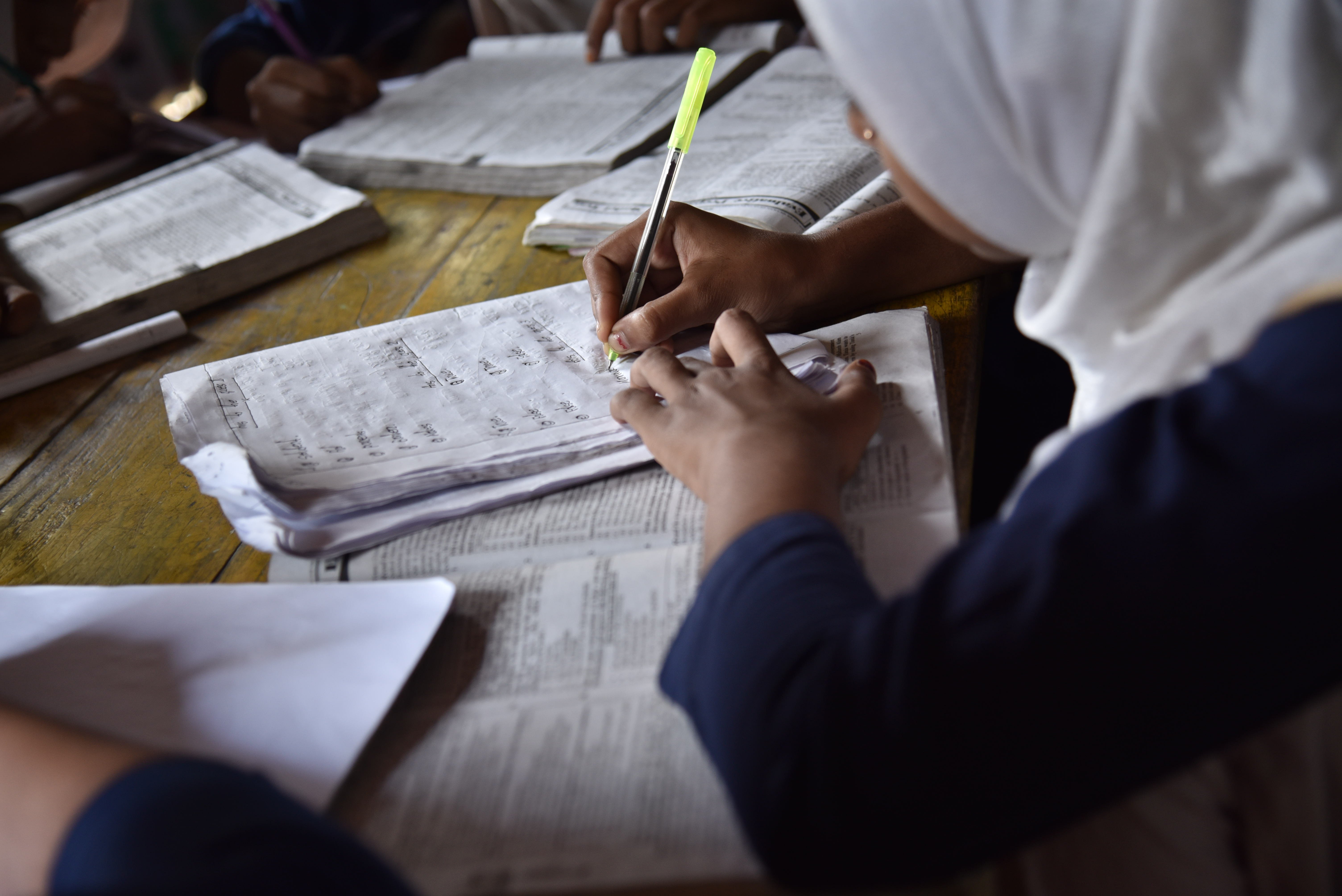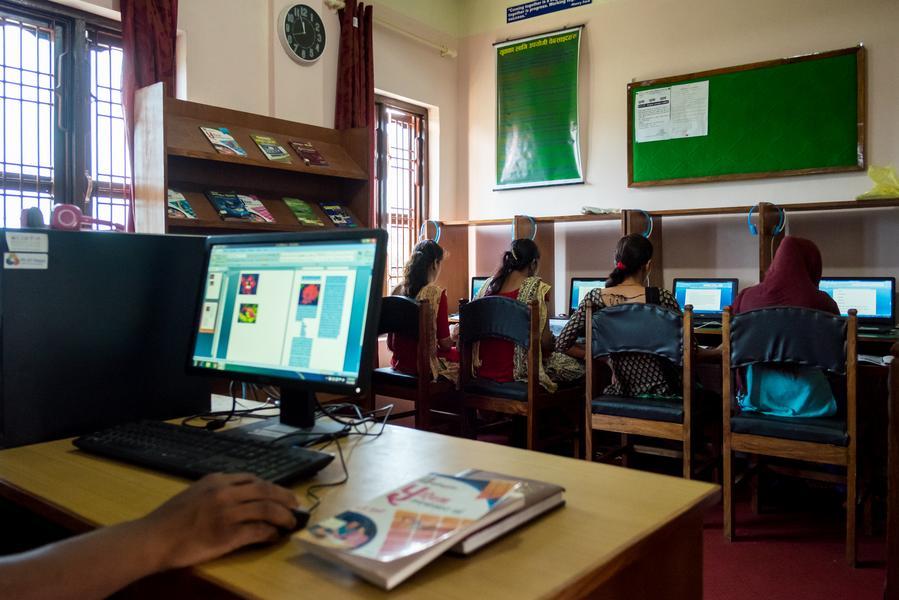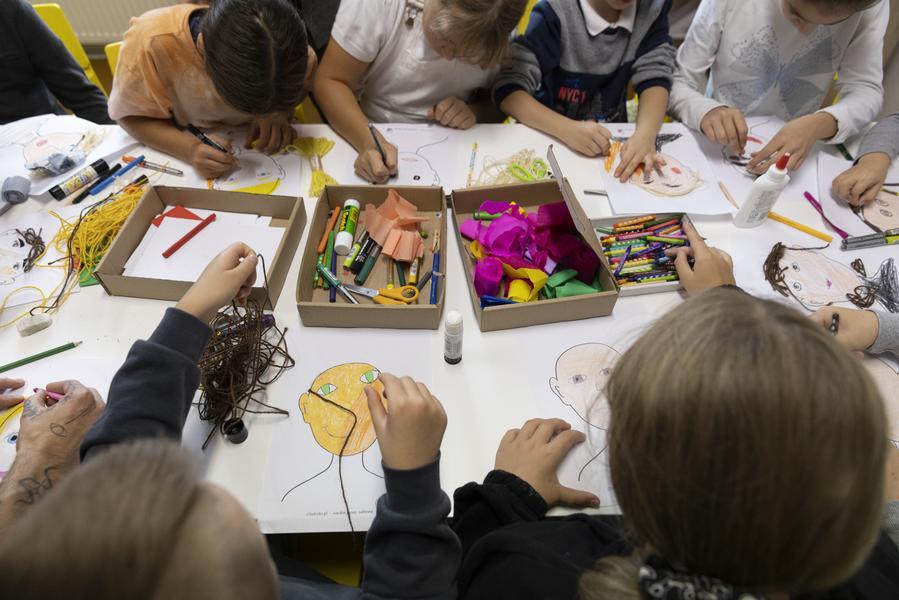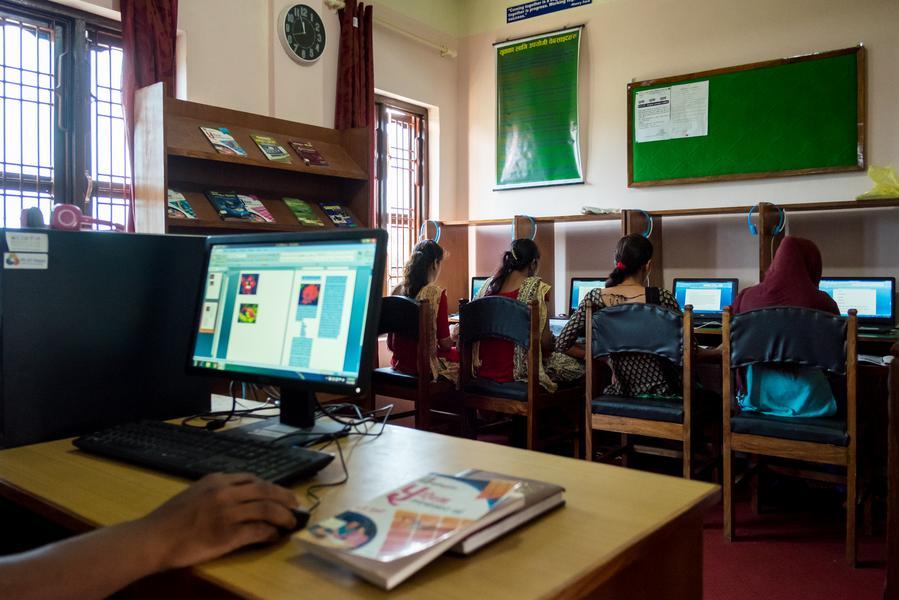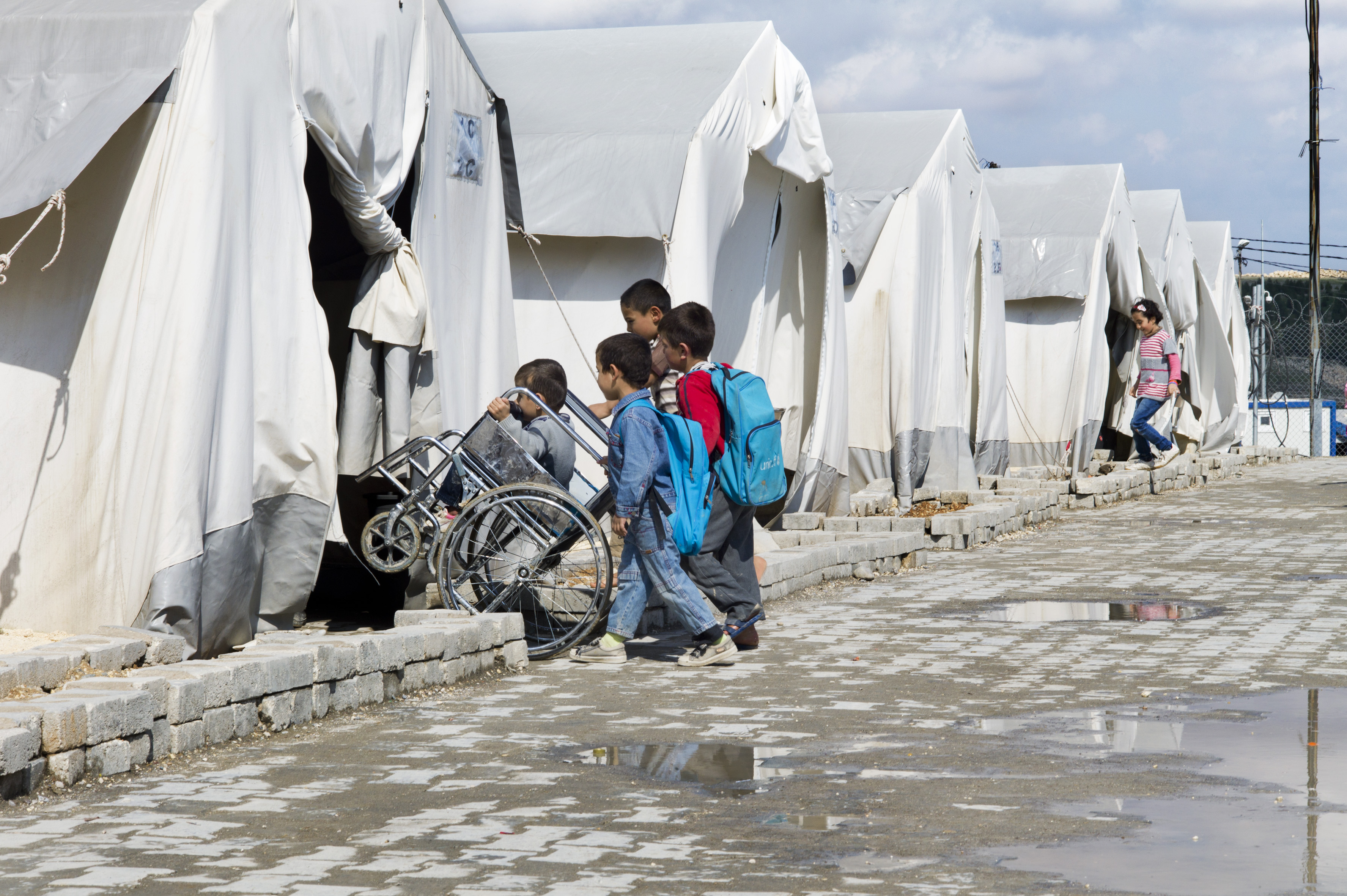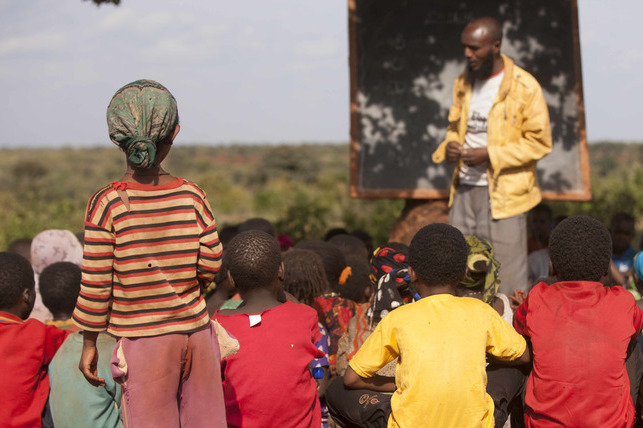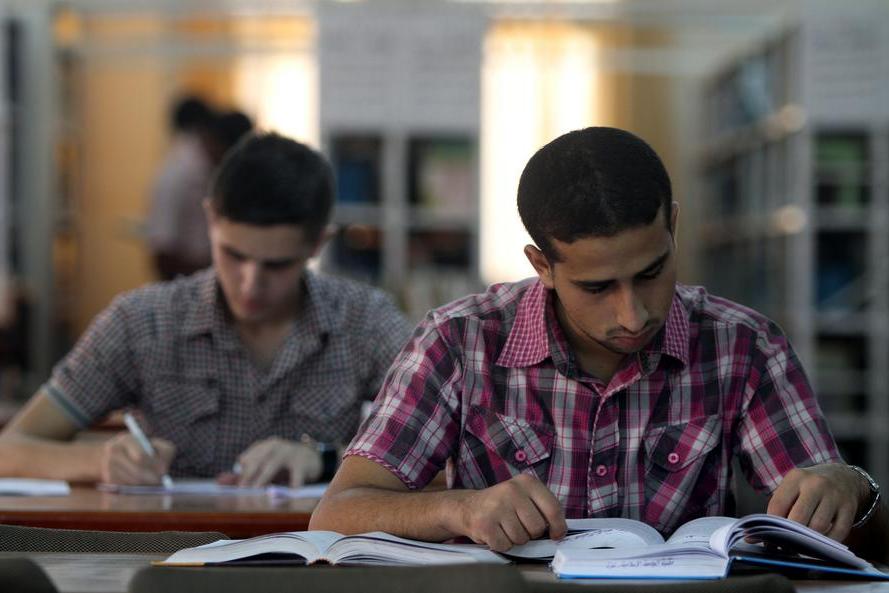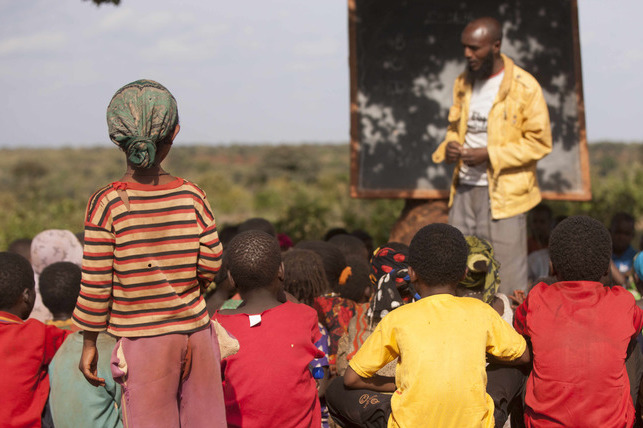Context and Issue
The COVID-19 pandemic hurts the learning continuity for students across the globe. However, it has reversed the progress and gains in the case of marginalized communities such as the refugees. In the pre-pandemic era, there has been a steady growth in the enrollment of students, and encouraging efforts have been made by governments, donors, and other international organizations.
Solution
The overall goal of the UNHCR-EAC Programme is to provide equitable quality primary education for out-of-school refugee and internally displaced children and to support their retention once enrolled. The program included multiple activities, such as infrastructural development to increase access to primary schools, capacity building of teaching resources, and developing strong relationships with educational stakeholders within the country. Moreover, the program also focuses on improving positive engagement through sports activities.
Impact
The impact of the project cannot be consolidated through a single lens. Different activities are conducted, and each activity has specific outcomes. The construction of new classrooms in the beneficiary countries increased. Secondly, financial support was provided to the teachers. Moreover, capacity building of the youth to become the facilitators for the sports activities implementation to ensure protection.
Other Countries
Cameroon, Iraq, Kenya-Dadaab, Kenya- Kakuma, Malawi, Malaysia, Mexico, Pakistan, Rwanda, South Sudan, Sudan, the Syrian Arab Republic, Uganda, and Yemen.


